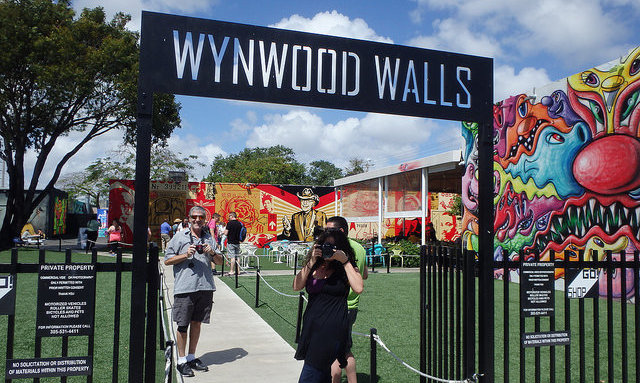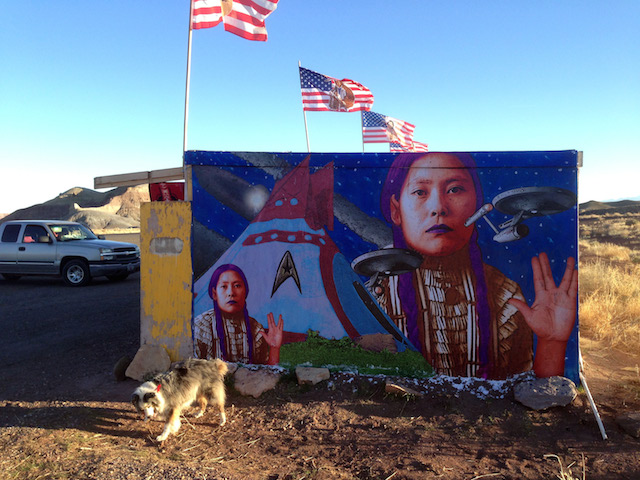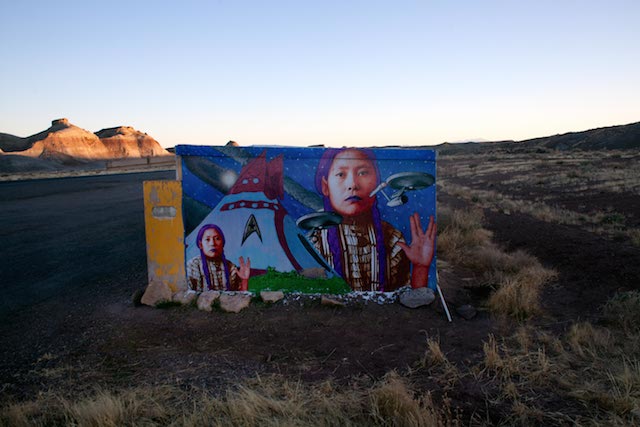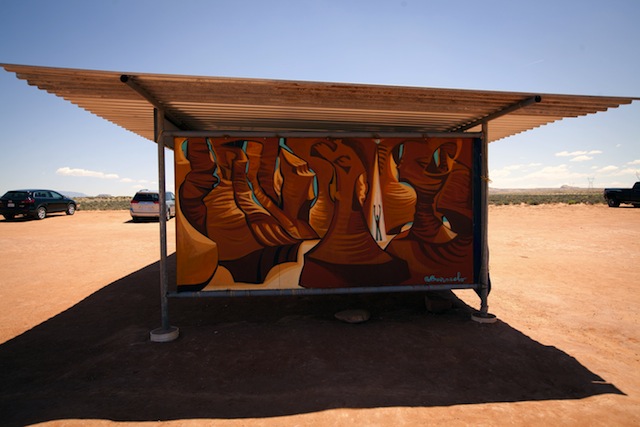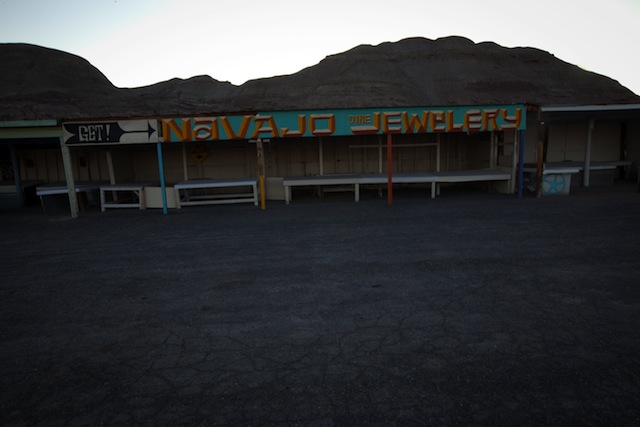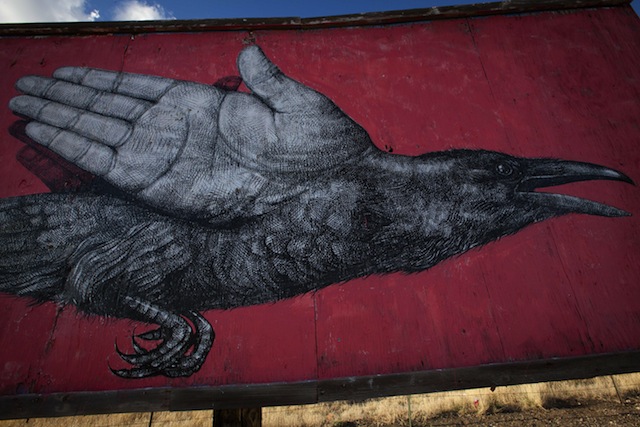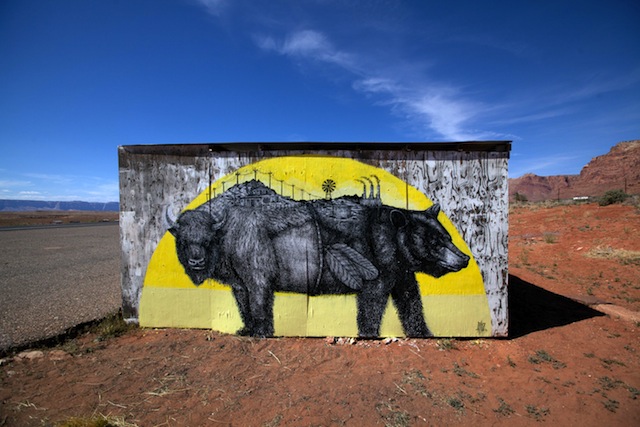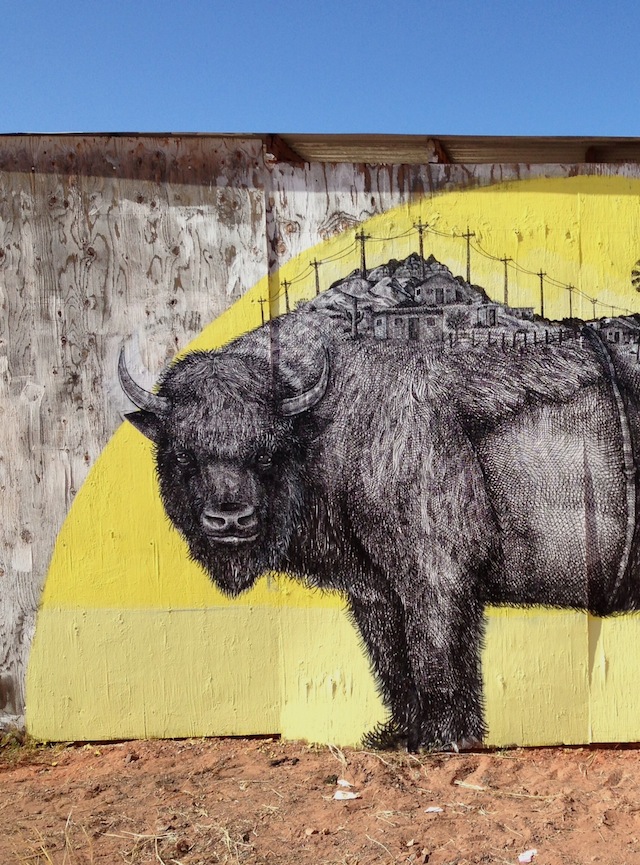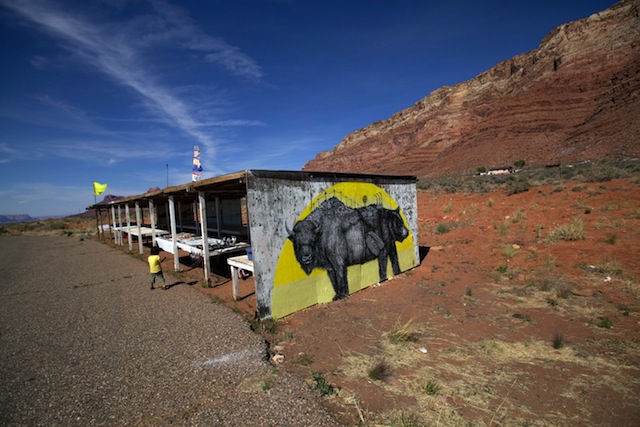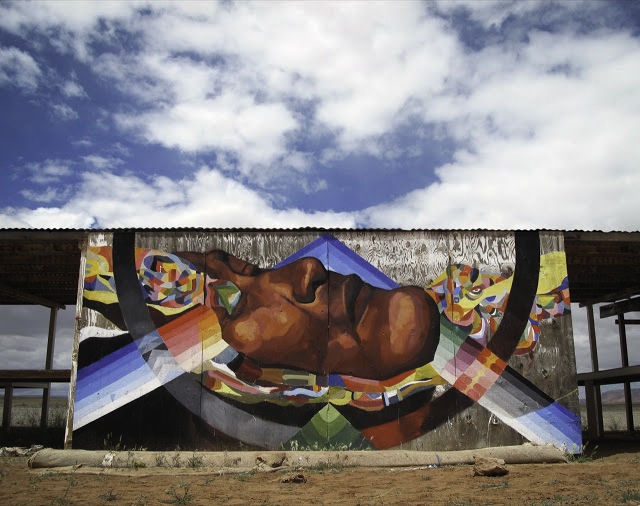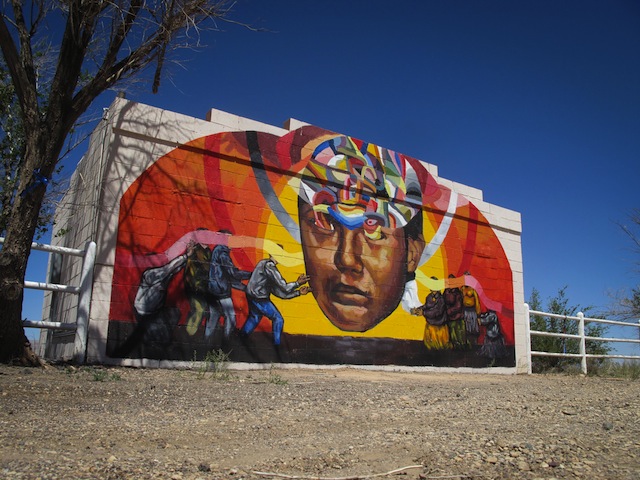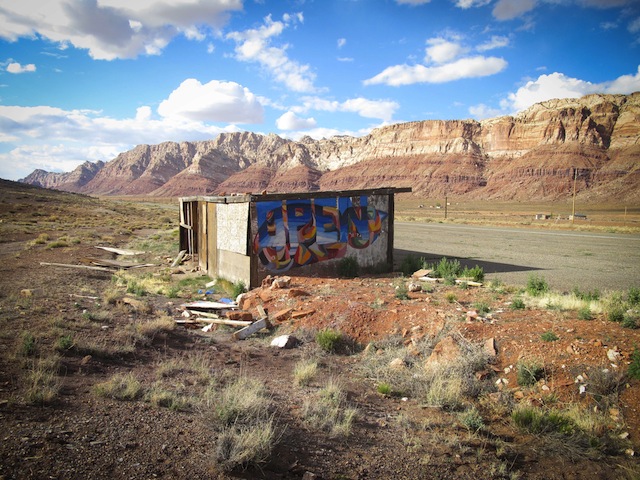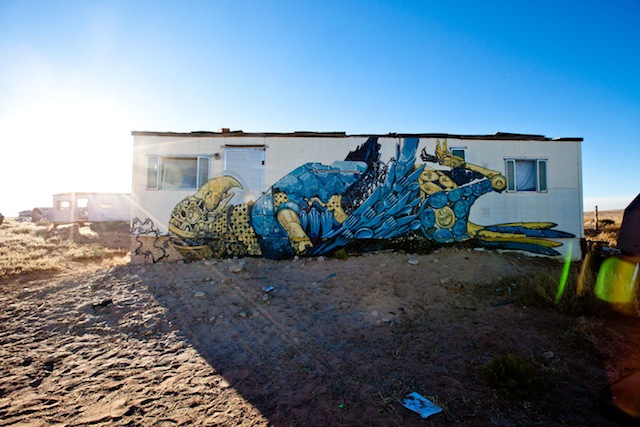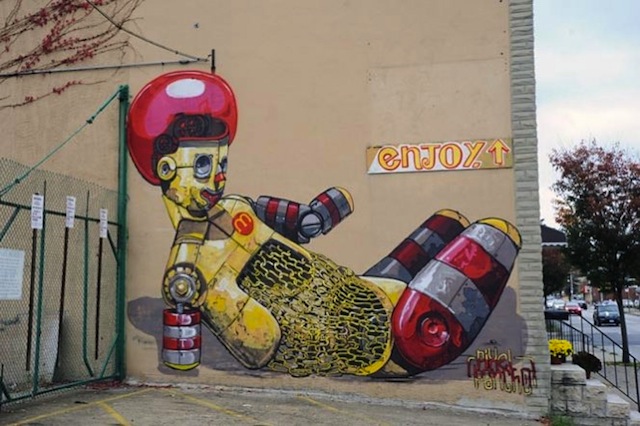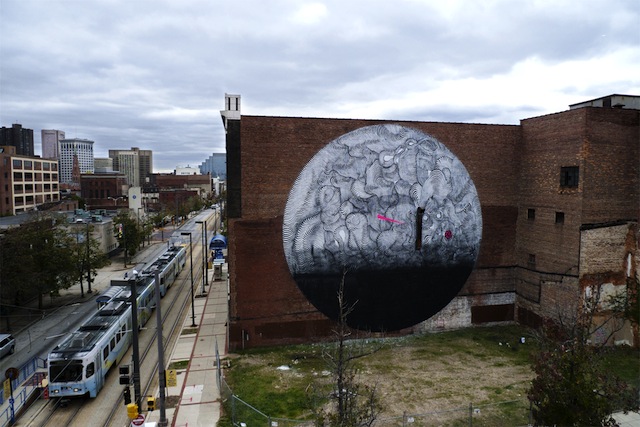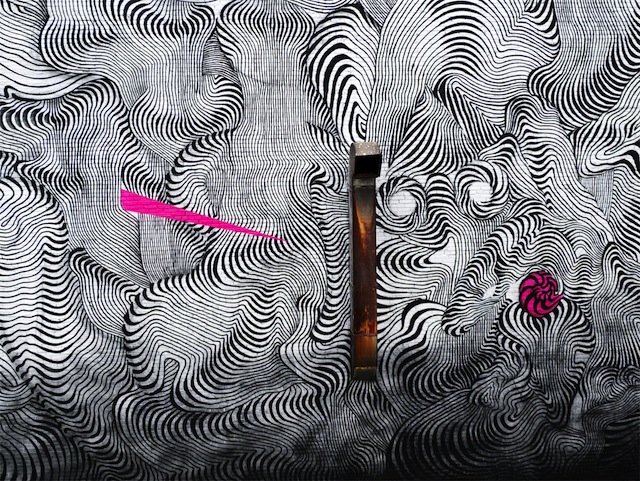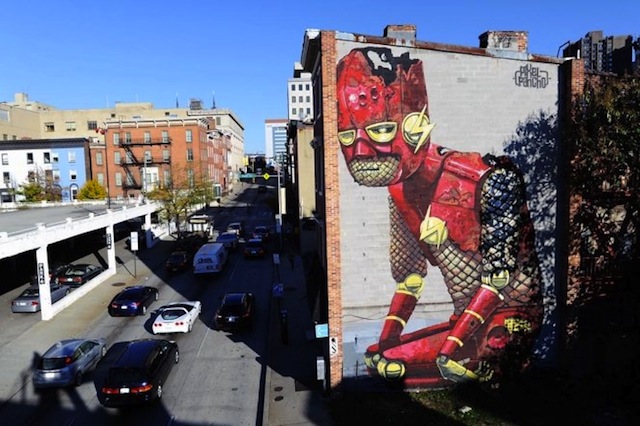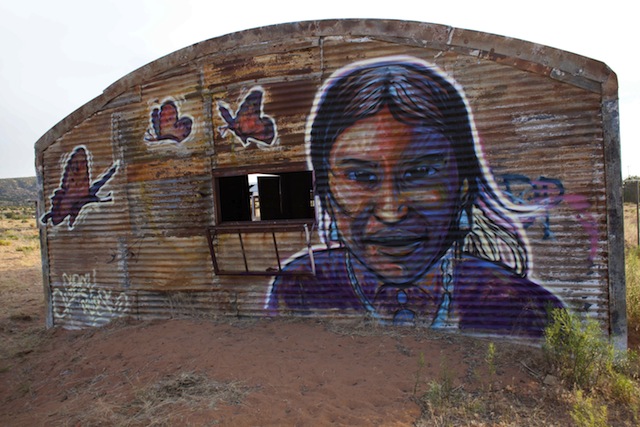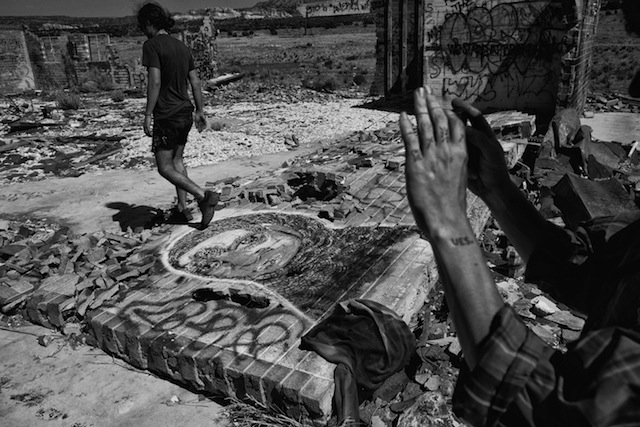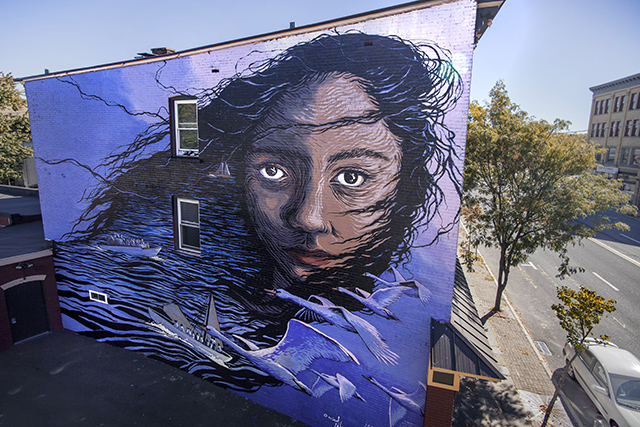
Jess X Snow (@jessxsnow), the author of this post, is an artist, filmmaker and Pushcart-nominated poet.
At its worst, public art can be imagery that heightens already existing social hierarchies and inequalities, and at its best–can be a portal into a future of healing and transformation.
I am a queer Asian American immigrant woman and non-citizen to this country. I grew up with a speech impediment so severe it caused me to fear my own voice. When my speaking voice failed, I fashioned myself a new one on the blank page.
I became a muralist because public art became the closest thing to a voice after a lifetime of feeling silenced. When I started painting murals, I was both exhilarated to make work on such a large level and immobilized by a fear of taking up public space. Where did this fear come from? For my childhood, every time I stuttered, my classmates finished my sentences for me. As I grew up, I experienced gender and racially-exoticizing harassment just walking down the street. As a woman of color working in film and public art, the icons I have to look up to are few and far between. As a migrant, I grew up watching my mother get denied at the U.S. border, homeland security giving her trouble every time she renewed her visa, up until we finally obtained our green cards after nine years. In all this, the ability to survive as an artist, and live here legally, comes at so high of a cost that the idea of doing illegal art, or physically taking up public space, can feel life-endangering.
Continue reading “Portals to a future of healing: uplifting women of color in public art”

